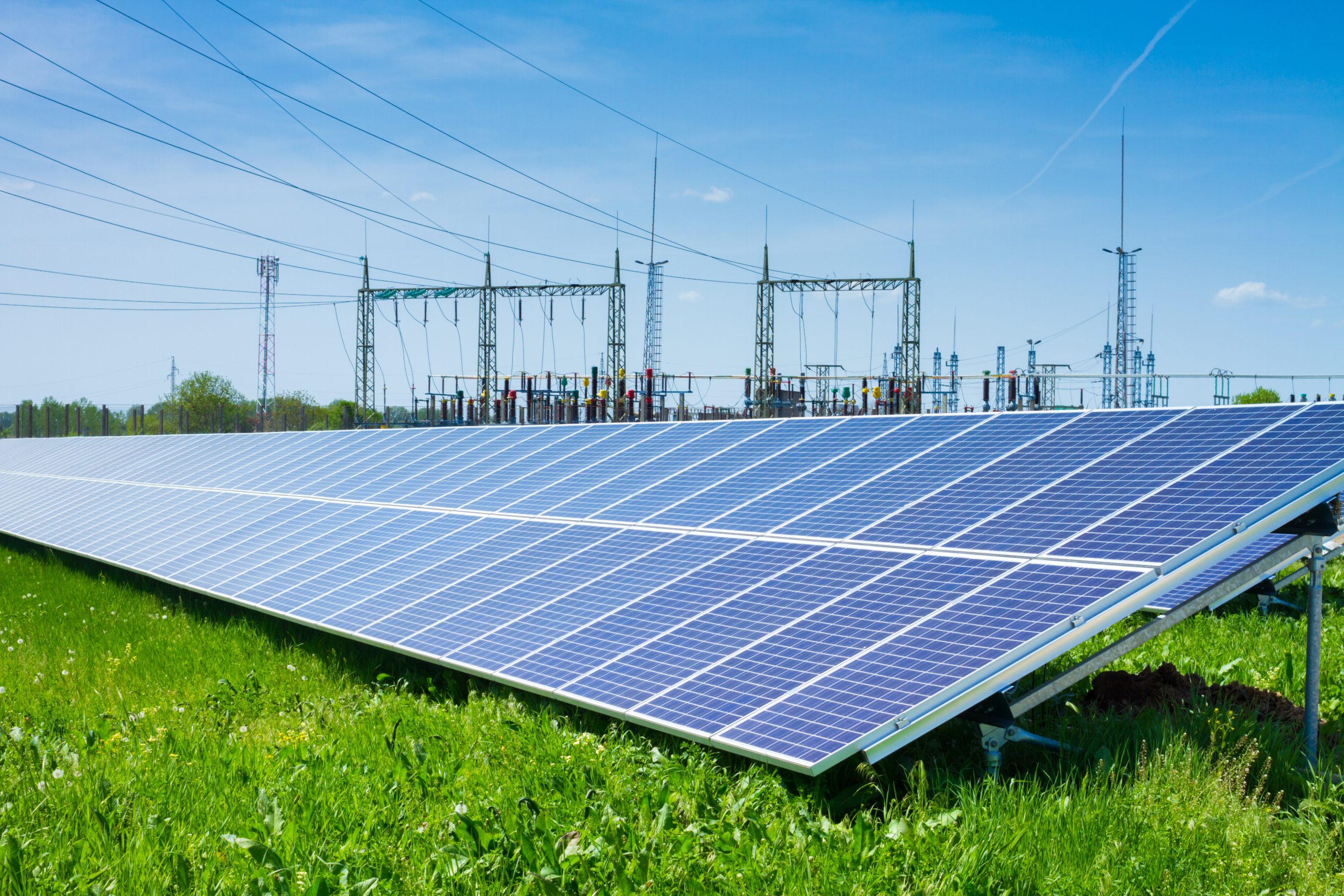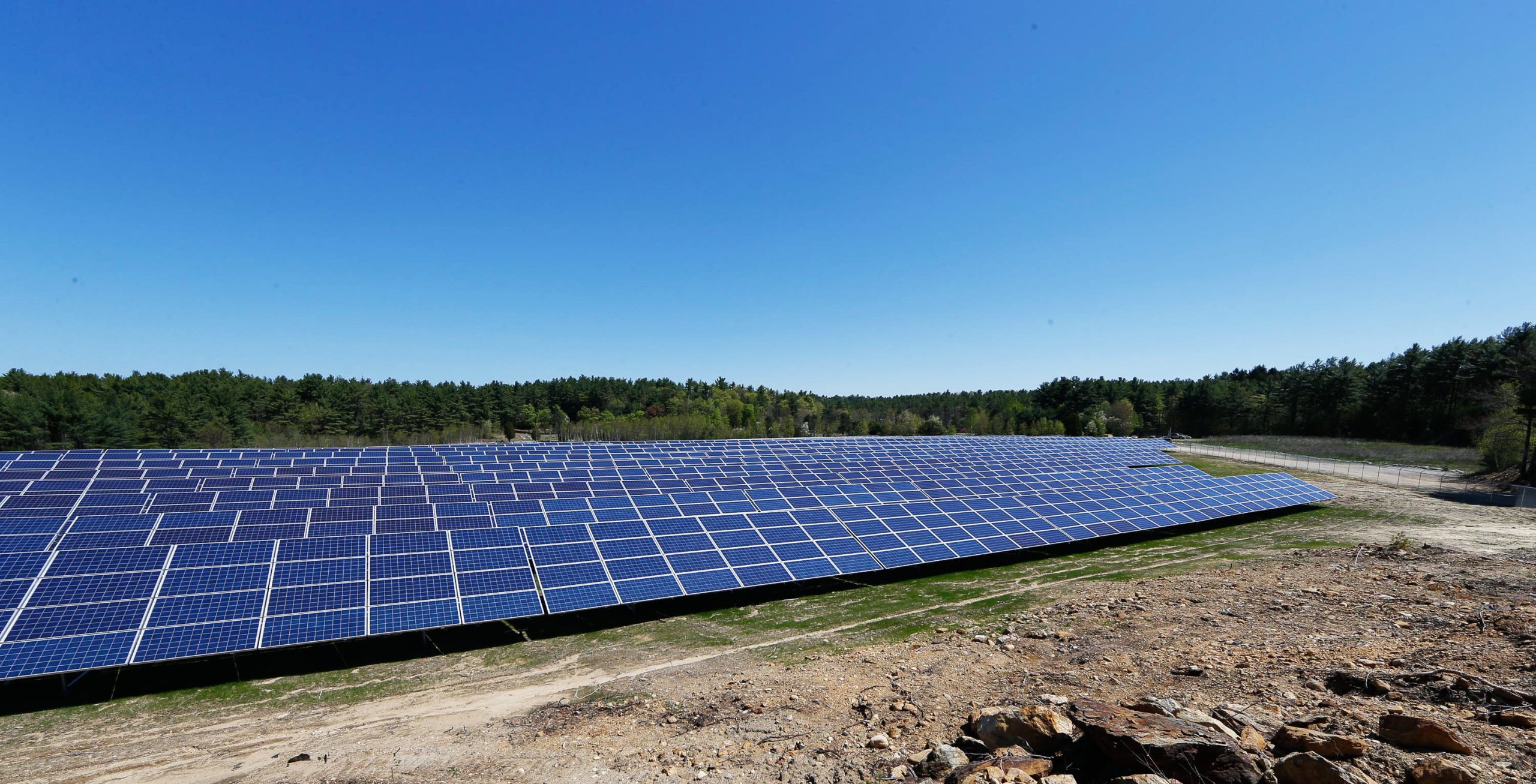INSIGHT: “Greenwood Energy looks for solar growth in Chile’s high desert”

Greenwood Biosar, a joint partnership of Greenwood Energy and Biosar, has started construction on a 40 MW solar project for Enrel Green Power, an independent power producer (IPP). The solar array is mounted on a single-axis tracking system near the municipality of Diego de Almagro in the Atacama high desert region.
While Greenwood Biosar is providing engineering, procurement and construction services under contract on this particular project, Camilo Patrignani, Greenwood Energy’s CEO, says Chile features prominently in the company’s own solar development strategy.
‘Chile is my favorite solar market,’ Patrignani says.
Solar irradiance is a big factor, he says. Where a project in the U.S. might anticipate 1,300 hours of sun production annually, in Chile’s high desert, a project can expect 2,500 to 2,700 hours. ‘You put in single-axis trackers and get to maybe 3,000,’ he says.
Doing the math, he says a merchant project producing at about $0.10/kWh merchant – the rates go between $0.09/kWh and $0.12/kWh – can expect about a 13% unlevered return.
‘That’s huge,’ Patrignani says.
Nevertheless, there are nuisances to the Chilean solar market. First and foremost, power purchase agreements (PPA) are almost unheard of. In Chile, Patrignani says, you sell to the grid if you are a merchant, or you sell directly to a client under contract.
‘It is a completely liberalized market,’ he says. ‘There are no utilities taking PPAs like in the U.S.’
Potential customers are very skeptical of PPAs. Over and above a potential client’s concerns about whether a developer has the capital to finish a project, there is a very real issue of grid interconnection capacity. Patrignani estimates there are about 12 GW of solar projects under development. Against this, there is approximately 700 MW to 800 MW of interconnection capacity on both major national grid systems. The customers are hence reluctant to sign a PPA with a developer that cannot be assured of receiving an interconnection agreement.
‘Our strategy is to build 50 MW to 100 MW of merchant on each grid, and then try to get a PPA,’ Patrignani says. ‘If we do, then we’ll take additional exposure.’
One way to avoid the interconnection problem is to do a bunch of small projects. Projects below 3 MW don’t need an environmental permit. Projects below 9 MW get an automatic interconnection agreement.
Despite the relative dearth of interconnection opportunities, Patrignani says the transmission companies and the ISO operators in Chile are very good at keeping a balance between supply and demand so that prices don’t plummet, and that they can be stable enough.
Tapping into the solar resources of Chile’s high desert does not come without challenges. For some of the projects Greenwood Energy is looking to acquire, there are 100 km or more of mountainous terrain between the site and the nearest town. There are situations where you have to build living quarters, have a cook on staff and hire different shifts of workers.
‘People go there for five days, work, and then a different shift comes in,’ Patrignani says. ‘The more interesting projects are the ones that are developed by a substation and roads.’
As for incentives, there are not many, Patrignani says, except perhaps priority of dispatch. The Chilean government has been considering a system of green certificates that could potentially have some value for solar, but as of today, these have not been defined.
Patrignani is optimistic that the Chilean solar market will continue to be attractive on its own merits. Solar is demonstrably the cheapest way to produce electricity in Chile. In terms of energy security, Chile is an importer of coal from Colombia and natural gas from Bolivia. He notes that the dependence on hydropower is a double-edged sword: If it rains, there is cheap power. If it doesn’t, there isn’t. And it’s been rough over the last five years.
‘It is not good to be reliant on volatile commodities,’ he says, and this is where policy can only make solar more attractive in Chile. ‘Policy in combination with economics is just going to change the market. It’s going to change the market globally.’

 Greenwood Biosar Begins Construction of 40MW Chile Solar Project
Greenwood Biosar Begins Construction of 40MW Chile Solar Project  Greenwood Energy opens additional offices in Connecticut, Panama and Chile
Greenwood Energy opens additional offices in Connecticut, Panama and Chile  Greenwood Energy Launches 80MW Solar PV Project in Chile
Greenwood Energy Launches 80MW Solar PV Project in Chile